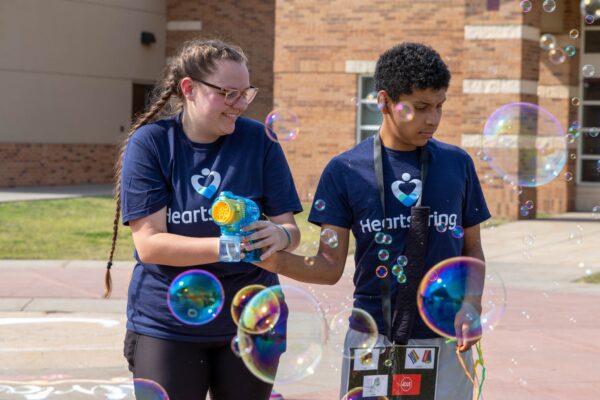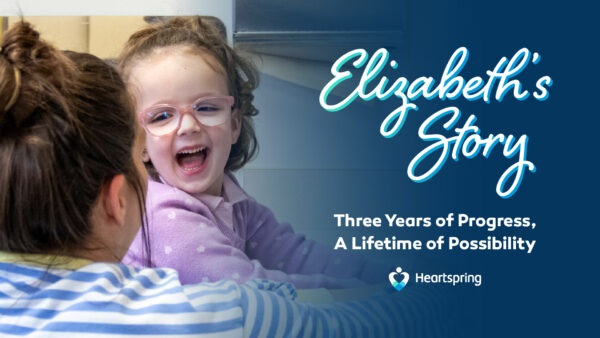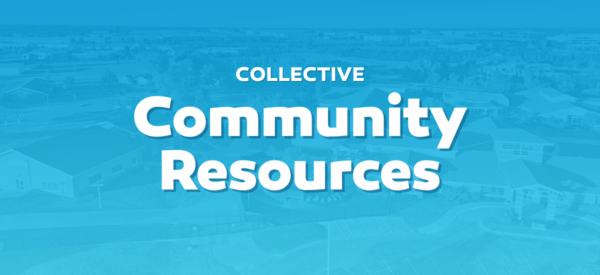Insights & Resources
Autism: Myths and Misconceptions
As we learn more about autism spectrum disorder, it's clear where some researchers failed to produce valid studies and where we still need further research
Share this
Diagnosed with autism at a young age, Ricky's made incredible progress — sleeping through the night and finding his voice with our neurodevelopment therapies. With her employer’s help, his mom Kristina created a video to raise awareness about autism and promote understanding of those living with autism.
What is Autism?
Autism spectrum disorder, or simply autism, is a neurodevelopmental disorder characterized by repetitive, restricted, and inflexible patterns of behavior, interests, and activities, as well as difficulties in social interaction and social communication. — American Psychiatric Association, Diagnostic and Statistical Manual of Mental Disorders
With increased scrutiny and stigma surrounding autism spectrum disorder, we must look at validated research studies to understand its known origin before exploring potential causes.
The CDC now estimates one in 31 children aged 8 years old has autism. The study also states, “Increased identification of autism, particularly among very young children and previously underidentified groups, underscores the increased demand and ongoing need for enhanced planning to provide equitable diagnostic, treatment, and support services for all children with ASD.”
While we may not yet understand all the factors that determine if a child will have autism, it’s clear that there’s an increased need for services and resources for families navigating care across the United States.
5 Facts About Autism Spectrum Disorder (ASD)
1. Vaccines do not cause autism.
Ever since the retracted and debunked 1998 study falsely linking the measles-mumps-rubella (MMR) vaccine to autism led many to accept the flawed study as fact, it’s been an uphill battle to change public perception.
“At this point, we have 16 well-conducted, large population-based studies, carefully designed, done by different investigators in different countries, using different but strong methods. And all have found no relationship between MMR vaccine, thimerosal in vaccines, or the number of vaccines given and autism.” — Daniel Salmon, PhD, MPH, Johns Hopkins University Institute for Vaccine Safety
2. Research has not identified a single reason why children develop autism.
Over the past few decades, we’ve made significant advances in autism research, leading to a much better understanding of what does – and does not – cause ASD. Research points to differences in early brain development with strong genetic underpinnings.
Current evidence finds that genetic predisposition is the strongest risk factor for autism. While the majority of variance in autism risk is due to inherited genetic factors, no single “autism gene” exists. Instead, many genes each contribute a small amount to risk, and different combinations of genetic factors can lead to an autism diagnosis.
Furthermore, environmental factors like gender, illness/exposure during pregnancy, or premature birth and/or birth complications could potentially correlate with a child’s autism diagnosis. At this time, no specific environmental toxin has been confirmed as a definitive cause of autism, but avoiding known neurotoxic exposures during pregnancy (when possible) is generally advisable for overall fetal health.
There are thousands of genes and countless environmental factors that we’ve yet to fully explore. We cannot realistically pinpoint a single cause of ASD at this time, and evidence may conclude there’s a combination of factors at play, but we won’t know without further research.
Learn more about specific factors linked to autism spectrum disorder.
3. It’s called autism spectrum disorder because there’s a wide range of how autism affects individuals.
Sweeping generalizations harm the progress the autistic community, advocates, and allies strive to make by assuming everyone with ASD shares a singular, stereotyped experience.
Not every child with autism will become a savant or lead a completely independent life. However, even those who need continuous support can lead meaningful, joyous lives. People with autism still play sports, fall in love, participate in their communities, laugh, dance, and enjoy every other activity neurotypical people do.
Autism can cause a wide range of challenges in social interactions or communication and behavior, but everyone is a person beyond their diagnosis and deserves respect and dignity.
4. Autism is more common in boys, more prevalent in non-White racial groups, and diagnoses often co-occur with an intellectual disability.
According to the CDC’s study among children aged 8 years in 2022:
ASD was 3.4 times as prevalent among boys as among girls.
“Overall, ASD prevalence was lower among non-Hispanic White (White) children (27.7) than among Asian or Pacific Islander (A/PI) (38.2), American Indian or Alaska Native (AI/AN) (37.5), non-Hispanic Black or African American (Black) (36.6), Hispanic or Latino (Hispanic) (33.0), and multiracial children (31.9).”
Among those with information on cognitive ability (61.4% of total children included in the study), nearly 39.6% were classified as having an intellectual disability, which means 24.3% were classified as having an intellectual disability in the overall study.
A/PI, Black, and Hispanic children with ASD are more likely than White or multiracial children with ASD to have a co-occurring intellectual disability.
5. Increased awareness and resources impact the prevalence of ASD in children.
Diagnoses of autism have increased dramatically in the past 30 years, leading to concerns of an “autism epidemic.” However, peer-reviewed studies indicate that much of this rise is due to increased awareness, expanded diagnostic criteria and reporting, and better identification, rather than a true surge in the actual incidence of ASD caused by new environmental factors.
Including mild and high-functioning cases previously unrecognized by researchers contributes to the number of increased cases as the definition of the autism spectrum continues to broaden.
On a less significant scale, societal health factors like people waiting to have children until they’re older and premature babies having increased chances of survival affect these outcomes, too.
Heartspring focuses on providing comprehensive therapeutic care, special education, and community resources to help families with children on the spectrum, regardless of the known and unknown causes of autism or other neurodevelopmental disorders. We aim to leverage expanding knowledge to improve early detection, intervention, and support for children with autism in our community and beyond.
Share this



